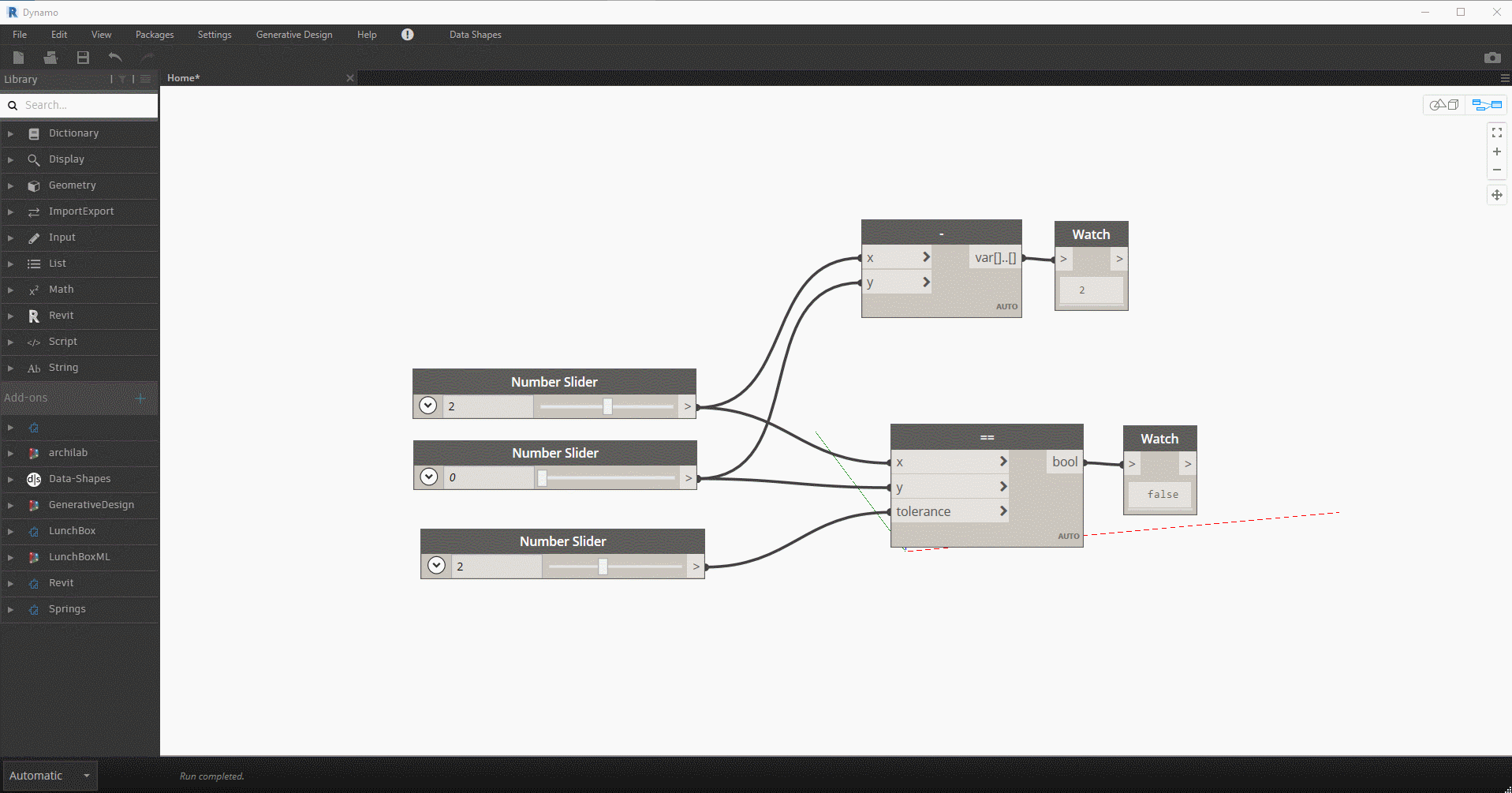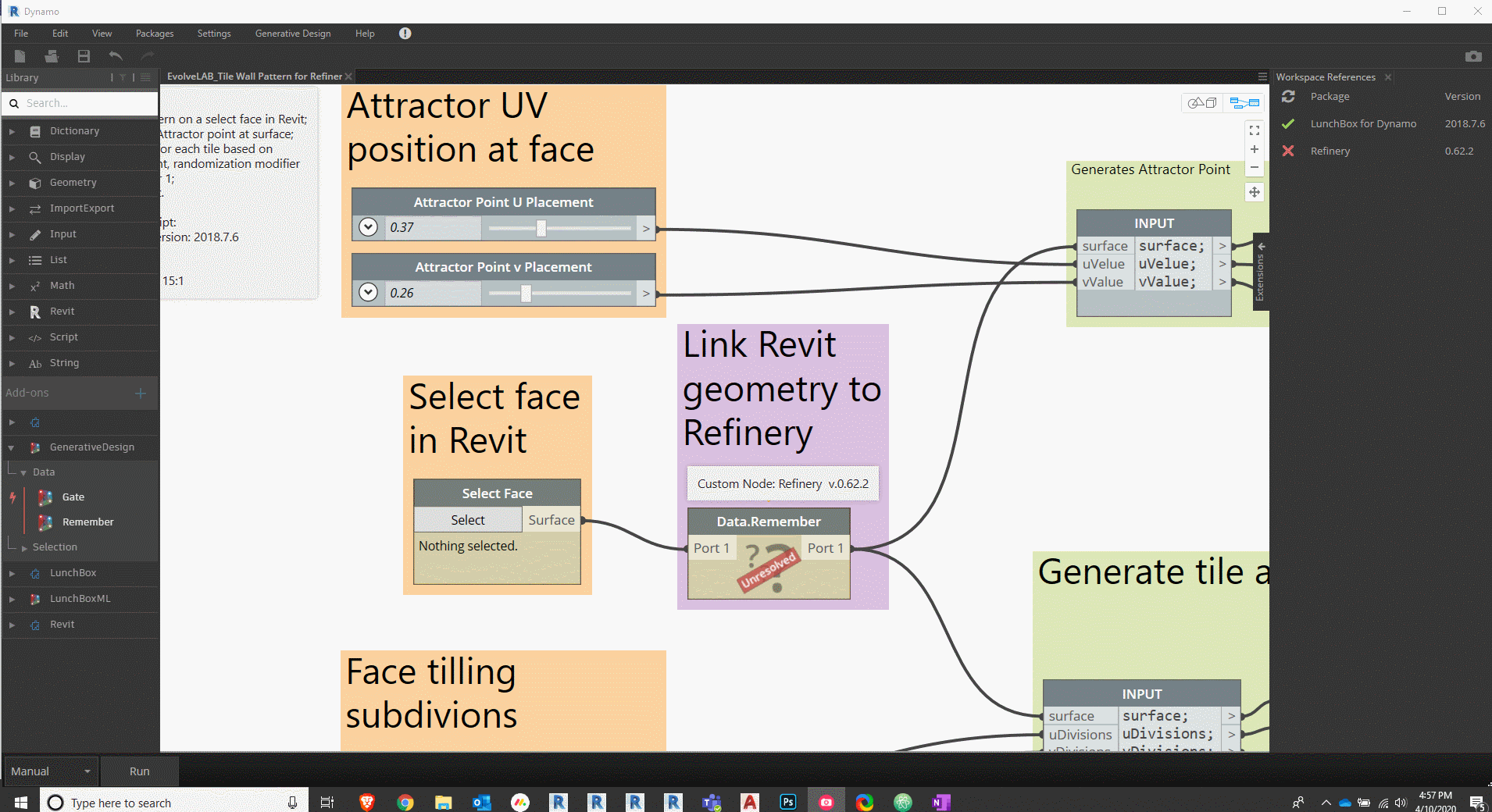As generative design and visual programming becomes a more preeminent topic of discussion in the AEC industry with opinions ranging from its doom to its glory, one thing is clear: Autodesk is betting on it. For a while now, both Revit and FormIt has been enhancing and integrating Dynamo and Generative Design - formerly Project Refinery, and Project Fractal - more and more into its platforms and their 2021 versions are no different. Sit tight and come along with us while we cover the best computational features both programs have to offer.
Dynamo 2.5 Revit Integration
Revit 2021 is coming with Dynamo 2.5 already installed and this new version has some exciting new features.
Dynamo now comes with a new tab, the Workspace References, where you can automatically identify missing packages from your graph and install with a single click.

And just in case the Workspace Reference doesn't recognize the package you need, you can use the traditional method to install the package, but without the need to restart the program.

Dynamo 2.5 has now some new nodes. With the added nodes, we now can enjoy a better support for Revit element geometry, including joining, and pinning/unpinning nodes. Another useful new node is the equal with tolerance, where you can find similar but not quite identical variables.

UI upgrades also improved performance, stability and user experience. A good example is that now you can pan around and look at different parts of the graph while the script is still running. Zerotouch development also got easier, now there is no need to dispose of objects that you create.
Generative Design in Revit
Autodesk has been prototyping its generative design platform for a while now. When it was first released int July 2016, it was called Project Fractal, then it evolved into Project Refinery, now it is simply called Generative Design. Just in case you are not familiar with it, Fractal/Project Refinery/Generative Design is a tool developed to help designers to automate the production of multiple design options based on a pre-build Dynamo script. In this article, I am not going to go deep into the philosophical discussion of this methodology in the design process. If you are interested in that, I recommend you checking out Bill's recent post on Is Generative Design Doomed to Fail?
Back to the tool functionality. In Revit 2021, and limited for EAC Collection subscribers, you will now be able to access the Generative Design tool directly from Revit. When navigating through the Mange Tab, now you can find the Generative Design ribbon, where you can find options to Create Study and Explore Outcome.
This are of course, based on previously developed Dynamo scripts that you can choose from the samples given by Autodesk or, for the advanced Generative Designers, develop yourself. Illustrating, below we ran the Generative Design tool with one example we made in-house.

For those already using Refinery, a heads up. If you want to run a study done in a previous version, you will need to update your script to be compatible with Dynamo 2.5, and replace the old Project Refinery Package nodes with the New Generative Design Package.

Dynamo & FormIt
For those not familiar with it, FormIt is the Autodesk SketchUp, where you can easily manipulate geometry to create quick mass studies. FormIt has a bonus though: Dynamo, and in its 2021 version, the integration has only gotten better. See below the top new features:
In the new Formit, you can now use SelectFromFormIt node, to directly select geometry, similar to the Select Model Element node in Revit's Dynamo.

With the new version you can also now enjoy a enhanced connection between the programs, and see the result geometry updating directly on FormIt, while still in the Dynamo graph.

And last but not least, Formit has implemented some new pre-made graphs and with one of them you can now select a path to create railings. The exciting part is that the new FormIt Dynamo integration allows you to play with the parameters and see the changes happening almost in real time.


Thanks for sticking around until the end. If you are a fan of computational design and is looking to learn more about Dynamo and stuff, stay tuned with us. Our team has been working on some new learning modules and we will be announcing it soon!

About the Author:
Clara is a design technologist coming from an architectural background and a drive to use the available technology tools to its fullest enabling a more efficient process that leaves more room for the creativity and the fun part of design to flourish. Clara also has a long history of fascination for topology, origami, complex structures and geometries which inevitably brought her to the computational design world. Since her days at school, back in Ouro Preto Brazil, and while studying abroad in Dessau, Germany, she has strived to implement technologies such as Grasshopper, Processing, Arduino and 3d Printing in her academic and side gig projects. While in the professional architecture industry she has often been the voice in the office advocating for the use of Dynamo and strategizing on ways to use the computer and Revit to cut the time spent in repetitive and tedious tasks.
Meanwhile, in her free time, Clara can be found attached to some Mountain around Boulder rock climbing, covered in clay while doing pottery at home, watering her ever-growing collection of plants or trying to figure out her next hobby.

